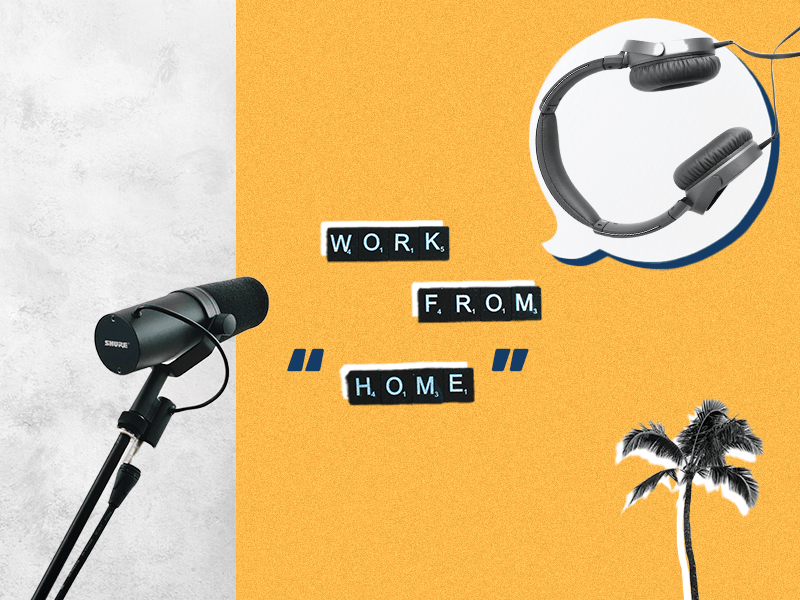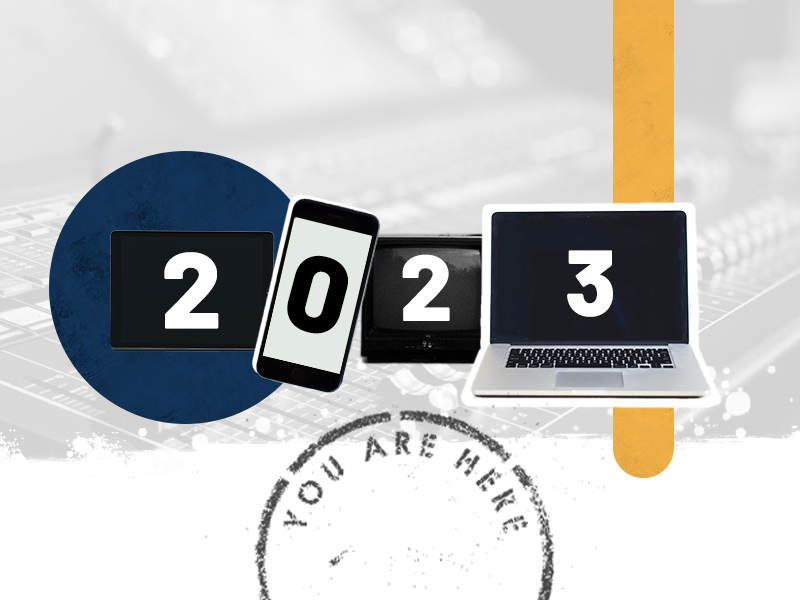
Access To Justice: Improving The Courtroom Experience
“Access to justice,” says Adam Lofredo, Vice President of CTI’s Justice Division, “that’s the big problem we’re solving.” He delivers it with a certain intensity; Lofredo has more than twenty years of experience in courtroom AV integration. His team at CTI has more than 2500 installations completed in 33 states, has helped bring new technology into thousands of courtrooms in forty-five states, and has statewide courtroom technology upgrades in progress in Nebraska and Iowa.
“COVID had a tremendous impact on the courts, especially state and county courts. Traditionally, they never had the funding to adopt technology,” he notes. “Federal courts did, but keeping cases moving through our justice system in a timely manner during the pandemic put a huge strain on every court, and the changes from an AV perspective were massive.”
“Judges and their courts, often on their own, found the tools and developed hybrid court hearings that made it possible to keep things moving. It was incredible. We witnessed it firsthand: remote bail hearings for defendants, experts, witnesses, and even lawyers videoconferenced in from all over the place. For the first time in many locations.”
Creating A Hybrid Courtroom Improves The In-Room Experience
The benefits of these AV upgrades improved the experience for everyone in the courtroom. It’s an investment that continues to yield dividends, notes Lofredo, “We upgraded audio systems so remote parties could hear, and it made a huge difference after everyone came ‘back to court’ afterward. People could hear everyone better!”
“There are a lot of end-users in a courtroom: the plaintiff and defendant, the judge and witnesses,” adds Lofredo, “The jury needs to hear and see everything, both people and evidence. Then you have the public in the gallery, an overflow space, or even online.” By correctly placing cameras, upgrading microphones and speakers, and tying it all together with simple, easy-to-use touchscreen controls, you get a better experience for everyone involved.
“In a courtroom still using thirty-year-old AV systems,” Lofredo notes, “the improvements can be profound.” Microphones and speakers have improved. Today’s audio hardware offers sophisticated processing that maximizes clarity and allows your integrator to ‘tune the room’ and eliminate a host of issues digitally. A lot of the tech didn’t exist a decade ago or was prohibitively expensive.”
“A judge might tell a witness to get close to the microphone and to speak louder so everyone can hear. But with a child, they’re trying to get them to say what’s on their mind. With a thoughtfully engineered system, they could touch a screen and raise the volume on that mic,” says Lofredo. “Or, say if there’s a particularly loud lawyer, dial the volume down. Best of all, when our systems restart for the next day, all the levels are set to normal, and the judge doesn’t have to waste time reconfiguring the room.”
Courtroom AV Upgrades Keep Yielding Benefits
“If your courtroom uses a recording system instead of a court reporter, improvements in audio and video can make the recording vastly better,” notes Lofredo, adding, “They also make it easier to work with people outside the room. It doesn’t matter if it’s an expert witness, people watching in an overflow room, or on the web. A thoughtfully designed AV solution benefits them all.”
It can also directly save money. Video conferencing has existed for decades, but most courts did not have the technology to support VRI, aka Video Remote Interpreting or Remote Simultaneous Interpreting, RSI. Companies like Interprenet are working to bring the kind of on-demand language solutions commonly used in the medical field today, court-certified interpreters, that will radically reduce costs using tech already integrated into the courtroom.
Choose An Experienced Courtroom AV Integrator
“The majority of the problems over the last couple of years have been around tackling the hybrid challenge. I might sound casual about it,” notes Lofredo, “but we’ve been working on providing thoughtful solutions in this area for a very long time. We know where the pain points are, how to avoid them, and how to do that on a budget. And we know how to build systems that are ready for expansion.”
“Our designs have always looked at the technology as building blocks. To create an integrated system with great in-room audio, sidebar capability, and built-in audio conferencing. Adding evidence presentation, video conferencing, annotation, and assisted listening are all blocks that can be added as needed.”
“We’ve been solving these challenges for a long time at all levels: local, state, and federal. We’ve worked on everything from a courtroom replacing an aging projector with a TV or video wall to once-in-generation upgrades when a new court facility is built or completely renovated. We’re seeing courts expand their AV use to cover initial arraignments and other appearances that can take place over a cell phone using Zoom, Webex, or Teams systems. A person might not have high-speed internet at home, but almost everyone has a cell phone. And that gives them better access to justice. We’re all for that at CTI.”
If you need design help or suggestions, our 35 office locations and almost 900 employees will be able to support your court needs.
Talk to Us About Your Project
Too busy to chat right now?
Send us a message.




